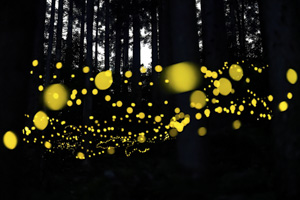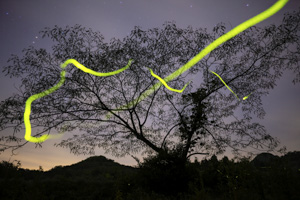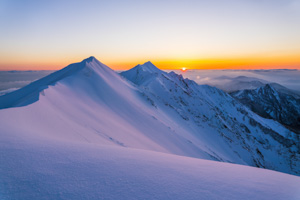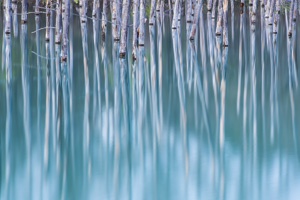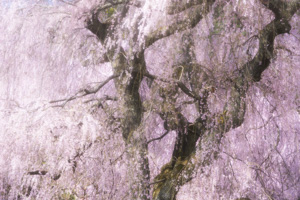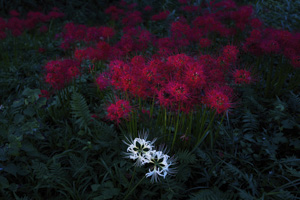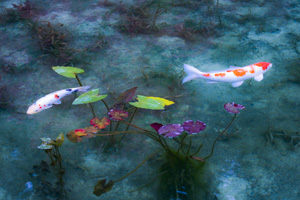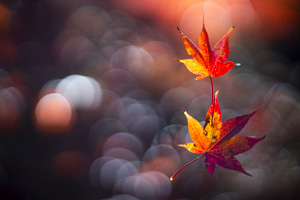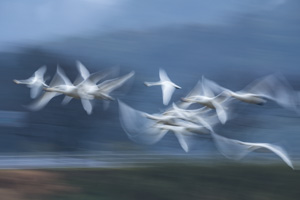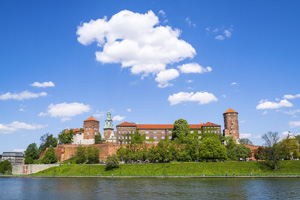Photo Gallery
My overall theme is "the search for beauty. The feeling of "beauty" is born from the resonance between the beauty of an object and the "aesthetic sense" of the person who sees it. This sense of beauty is very broad and deep, and stems from our instincts as creatures, personal experiences, and the culture and history we have learned. Japanese people have a unique aesthetic sense that perceives beauty in things that do not appear beautiful at first glance. Why do I find it beautiful? Why have Japanese people turned them into works of art? and express them in the form of photographs in order to make the most of their beauty.
Japan is a long and narrow island country with a complex topography unlike any other in the world, including mountains, rivers, and the ocean, as well as a distinct climate with four distinct seasons. Since ancient times, the Japanese people, who have lived in harmony with nature with an awe-inspiring view of nature that both reveres and fears it, have found beauty in nature, as reflected in the words "Kacho-fu-getsu" (flowers, birds, winds, and the moon) and "Yuki-getsu-hana" (snow, moon, and flowers). Its characteristics tend to be ``simplicity,'' ``quietness,'' ``harmony,'' ``ambiguity,'' and ``delicacy'' as ``beauty.'' Japanese people have also developed a unique sense of aesthetics, such as ``impermanence'', ``awareness'', ``subtleness'', ``elegance'', ``wabi'', and ``sabi'', in response to the ``transition'' and ``change'' brought about by nature. For the Japanese, nature has nurtured their sense of beauty, and nature is the standard for beauty.
This sense of beauty has been passed down from ancient times to the present day, and is rooted not only in art, but also in the details of food, housing, one's own actions, and way of life, and influences corporate philosophy and political ethics. Considering the Japanese aesthetic sense also means questioning its value in society and considering how it can be utilized in an ever-changing world.
And the key element I am now focusing on is "time". Time is related to the Japanese aesthetic senses of "impermanence," "the beauty of things," "mysteriousness," and "elegance". How can we express the flow of time through photography? What changes does the flow of time bring about in a photograph?
Exposure time is an important technical element of a camera, and is set to take pictures with the right brightness, but I consider time to be more than that; I consider time to be one of the subjects, and I take pictures that utilize exposure time.
私は「美の探求」を大枠のテーマとしています。「美しい」という感情はそこにある物の美しさとそれを見た人の「美意識」との共鳴で生まれますが、その美意識は「生き物としての本能」「個人の体験」「個人の学んだ文化・歴史」などに起因するとても幅広く奥深いものです。そして日本人には一見美しいと思われないものを美しいと感じる独特の美意識があります。「私はなぜそれを美しいと感じるのか?」「日本人は何故それを芸術作品にしてきたのか?」を探求し、その「美」を最大限に生かすように写真という作品で表現しています。
日本は細長い島国で、山、川、海と世界に類を見ないほどの複雑な地形があり、また明確な四季の移り変わりと変化に富んだ気候があります。自然を敬いまた恐れる「畏敬」の自然観で共生してきた日本人は、「花鳥風月」や「雪月花」という言葉に込められているように太古からこの「自然」に対して「美」を見出してきました。その特徴としては「簡素」「静寂」「調和」「曖昧」「繊細」を「美」とする傾向があります。日本人はまた、自然のもたらす「移ろい」や「変化」に対して「無常」「もののあはれ」「幽玄」「風情」「侘び」「寂び」などの独特の美意識も見出してきました。日本人にとって自然は美意識を育んでくれた存在であり、自然が「美」の基準にあるのです。
この美意識は古来より現代まで受け継がれ、芸術だけではなく、食や住まい、自らの行動、生き方などの細部に渡って根付き、企業理念や政治倫理にも影響を与えています。日本人の美意識を考える事は、社会におけるその価値を問い、変化を続ける世界に生かす事を考察する事でもあります。
そして私が今注目している重要な要素は「時間」です。時間は日本人の美意識「無常」「もののあはれ」「幽玄」「風情」などに関わっています。「時の流れ」をいかに写真で表現するか?「時の流れ」が写真にどんな変化をもたらすのか?
「露光時間」はカメラの重要な技術的要素で的確な明るさで写真を撮るために設定されますが、私はそれ以上に「時間は被写体の一つ」と考え、露光時間を活用した写真を撮影しています。

